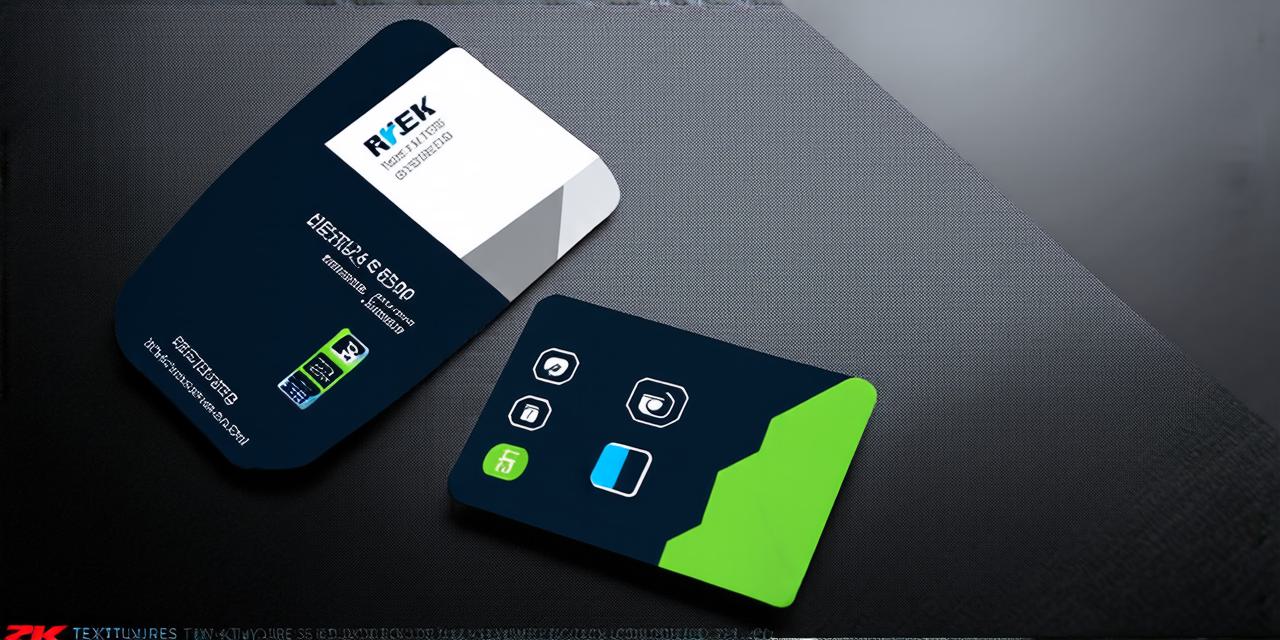In recent years, digital media design has become an increasingly important factor in shaping future trends. With the rise of social media platforms, websites, and mobile apps, digital media design is now a crucial aspect of any business or organization looking to stay relevant and competitive.
The Importance of Digital Media Design
Digital media design refers to the visual elements of a digital product or platform, such as website layout, typography, color scheme, and graphic design. These elements play a crucial role in determining whether a user will interact with a brand or not.
The Impact of Digital Media Design on Future Trends
As digital media design continues to evolve, it has a significant impact on future trends in various industries. Here are some examples:
- Healthcare: With the rise of telemedicine and virtual health platforms, digital media design plays a crucial role in ensuring patients feel comfortable seeking medical advice online. A clean and intuitive design can help build trust with patients and make them more likely to return for future consultations. For example, the American Cancer Society’s website uses a combination of compelling imagery, patient testimonials, and easy-to-use navigation to create an engaging user experience.
2. E-commerce: The increasing popularity of online shopping has made digital media design even more critical in e-commerce. A well-designed website can increase sales and reduce bounce rates. For instance, Amazon’s website uses a combination of high-quality product images, customer reviews, and personalized recommendations to create an engaging shopping experience for users.
3. Education: With the shift towards online learning, digital media design plays an essential role in creating an engaging and interactive learning environment. A well-designed online course can improve student engagement and retention rates. For example, Coursera’s website uses a combination of visually appealing course covers, interactive quizzes, and personalized recommendations to create an engaging learning experience for users.
How Businesses Can Use Digital Media Design to Their Advantage

Businesses can use digital media design to their advantage by creating a consistent brand identity across all digital platforms. This helps build trust with customers and makes it easier for them to recognize and engage with the brand. Here are some tips on how businesses can use digital media design to their advantage:
- Define your brand’s visual identity: Your brand’s visual identity includes elements such as color scheme, typography, and graphic design. A well-defined visual identity helps create a consistent brand image across all digital platforms and makes it easier for customers to recognize the brand.
2. Create a user-centered design: User-centered design focuses on creating an engaging and intuitive user experience. This includes designing your website or app with the user’s needs in mind, such as clear navigation, easy-to-read text, and high-quality images.
3. Use data analytics: Data analytics can help you understand how users interact with your digital product or platform. By analyzing data such as click-through rates, bounce rates, and conversion rates, you can make informed design decisions that improve the user experience and increase engagement.
4. Stay up-to-date with industry trends: The world of digital media design is constantly evolving, and staying up-to-date with industry trends is crucial for businesses looking to stay relevant. This includes keeping an eye on new technologies, such as virtual reality and augmented reality, and incorporating them into your digital product or platform where appropriate.
Conclusion
Digital media design plays a crucial role in shaping future trends in various industries. By using digital media design to create a consistent brand identity, improve the user experience, and stay up-to-date with industry trends, businesses can stay relevant and competitive in today’s fast-paced digital world.



